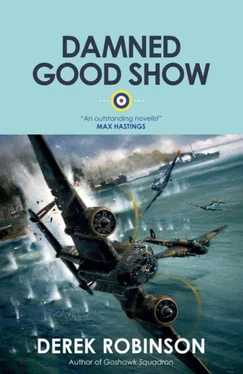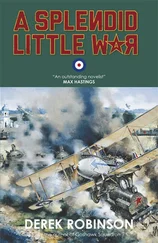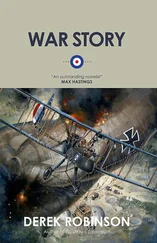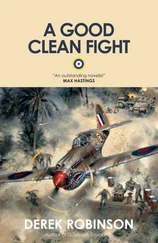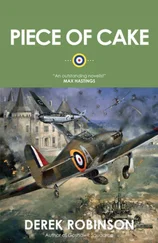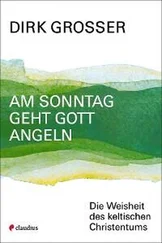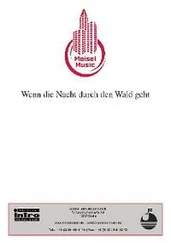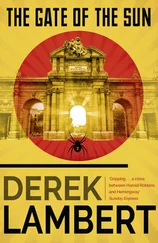“Air-testing has been discontinued.” Bellamy started the car.
“Well, I got it half-right,” Skull said.
“No, you got it half-wrong,” Bellamy told him firmly. “If you’d done your homework before you began jumping to conclusions, it might have been a very different story.”
He drove back to the Mess. As they got out, Skull said: “It seems that, whatever I do, I can’t win.”
“That’s my impression, too,” Bellamy said. “Good night.”
2
F-Freddie made a successful low-level raid on the crucial German target of Freihausen, which did not exist. The raid took place in the studio.
Before he joined Crown Films, Blake Gunnery had made some movies that included flying action. He knew that a camera inside an airplane could never get all the necessary shots. To film the pilot full-face, looking ahead, the cockpit must be lit and the camera must be outside the windscreen. To film a gunner searching the night sky, the interior of the turret must be lit and the camera must be outside the aircraft. To film the bomb doors opening and the bombs falling, the bomb-bay must be lit, the camera must be below the bomber, and a descending whistle must be added to the soundtrack. The only way to film a Wimpy that was apparently on an op at night was to create a static mock-up in the studio and let the camera move around it and inside it. For the op to look authentic, it had to be faked.
Crown Films were given the carcass of a Wellington that had crashed in a field. Its wings were broken but the fuselage was in good shape. It was shipped to the film studio, propped on trestles, and cut lengthwise so as to expose the interior. Rear projection supplied the propeller disc; sound effects made a quiet roar for the engines, a roar that could be softened during dialogue. With the studio lights dimmed to suggest weak moonlight, the Wimpy was an ideal film-set.
Harry Frobisher found a new director. Together they read dozens of operational reports and wrote a script that was not unlike Rollo Blazer’s idea. It began with a photo-reconnaissance aircraft bringing back pictures of Germany. One revealed a juicy new target. Orders went down the chain of command and reached the squadron which included F-Freddie. All this was shot on location. Frobisher was not too proud to steal a good idea, so there was a decision to make a low-level attack. This solved the central problem of showing the target to the audience. It also got those bloody oxygen masks out of the way.
Filming the ops began at the airfield. They shot the crew assembling, climbing into F-Freddie, starting engines, taxying, taking off. They shot the flare-path officer doing his job. The dome on his caravan had to be underlit, to show his features; and he pointed out that the light reflected off the Perspex and made it difficult for him to see the aircraft. “Only you and I will know that,” the director said. “It’ll be our little secret.”
Once F-Freddie was airborne, the studio stuff was a piece of cake. The director had the crew all day long. He could rehearse, rewrite, experiment, shoot the scene again until he was satisfied. With the camera outside the fuselage he got close-ups of the pilot at the controls, shots of the pilot in profile talking to the second pilot, head-on shots of the gunners in their turrets, slowly rotating, searching the night sky. He got wonderful shots of the bomb-aimer kneeling in the front cockpit, eyes on the bombsight and one hand on the tit, saying: “Left… left… steady… right… steady… Bombs gone!” And a lovely close-up of the gloved hand pressing the tit.
Above all, filming in the studio overcame the terrible problem of sound. The director made a gesture toward authenticity: everyone pretended to use the intercom. They held the mask near the mouth as they spoke. But it never obscured the face; and all their voices were as clear as if they were in the Mess.
F-Freddie reached Freihausen—a genuine shot from a cockpit, showing a moonlit river—bombed it, blew it to bits, thanks to some pyrotechnics in a blitzed factory. The script called for flak. Crown Films dressed the British gunners of an anti-aircraft battery in coalscuttle helmets and filmed them in action, silhouetted against the night, jumping to harsh orders in German. Flak as seen from the cockpit was real. Rollo’s shots were too good to waste.
The fuselage was in a cradle that could be rocked to simulate a near-miss. F-Freddie bounced but recovered. That was when the wireless op took some shrapnel in the leg: another legacy from Rollo. The flight home was tense. There was a problem with an engine, and then the danger of fog over England. All the time, back at base, senior officers were shown waiting, not knowing that F-Freddie’s radio had been knocked out by flak.
The Wimpy found its base, but its landing posed a problem for the director. If fog had, in fact, shrouded the airfield, filming would be impossible. Yet the bomber must be seen to land. He compromised. Senior officers in the control room spoke anxiously of worsening fog. Outside, the night was very dark. Airmen ran through the gloom, lighting the flare-path. When F-Freddie swept into view, black against black, her safe landing seemed magical. The sequence ended with a shot of the Wimpy taxying out of the night, straight at the camera, halting with a tired squeal of brakes and a last gruff burst of power. The propellers stopped. F-Freddie was home. The stillness created a sense of quiet accomplishment.
Blake Gunnery invited the Minister to a showing of the rough cut. Tim Delahaye was silent as he watched it. When the lights went up he was smiling, nodding. He brushed away a tear.
“This is what the British people want to see,” he said. “Real men fighting a real war. Not actors. A genuine bomber crew, on a genuine raid. I think it’s superb.”
“It’ll be even better when we’ve added the music”
“Noel Coward can act his socks off,” Delahaye said, “but he doesn’t stand a chance against an actual raid on Germany by the actual crew of a real Wellington.”
Gunnery thought, very briefly, about qualifying that claim, and then abandoned the idea. No matter how much credit Bomber Command crews got, it would never be enough.
3
It wasn’t always easy to get an officer posted. The decision lay with Air Ministry. Naturally, Air Ministry wanted a reason. The fact that he got up the CO’s nose might be enough, but the CO stood a better chance if he phrased it differently.
Pug Duff thought about this before he made his report on Skull. “Flight Lieutenant Skelton has shown an unusual flair for interpreting Intelligence material in an unorthodox and unconventional manner,” he wrote. “He applies his critical faculties with vigor and persistence. He has never suffered from excessive caution when reaching conclusions that challenge existing operational procedures. He has made a distinctive impact on this squadron.” Skull, he said, “would benefit from wider experience in Bomber Command.”
Rafferty saw a copy. “Not sure about this,” he said. “You may have over-egged the pudding.” But he initialed it. The report got shuttled through Group HQ and Command HQ without comment, and landed on a desk at Air Ministry. A veteran wing commander read it with one eye and decoded it with the other. He showed it to a colleague. “This is a classic,” he said. “We should have it framed.”
“ Unorthodox and unconventional … vigor and persistence … never suffered from excessive caution … distinctive impact … In other words, he gets on everybody’s tits.” He read on. “Ah… This last line is a gem.”
“I thought you’d like it. Would benefit from wider experience .”
“They want to dump him.”
Читать дальше
